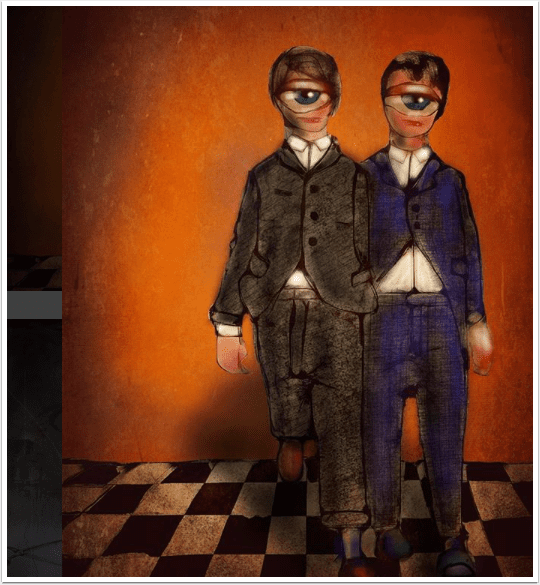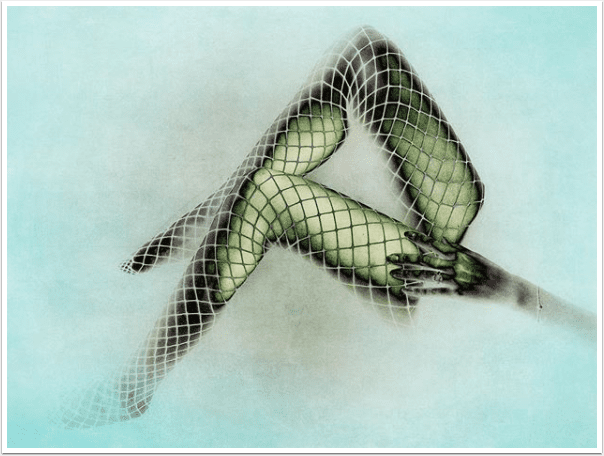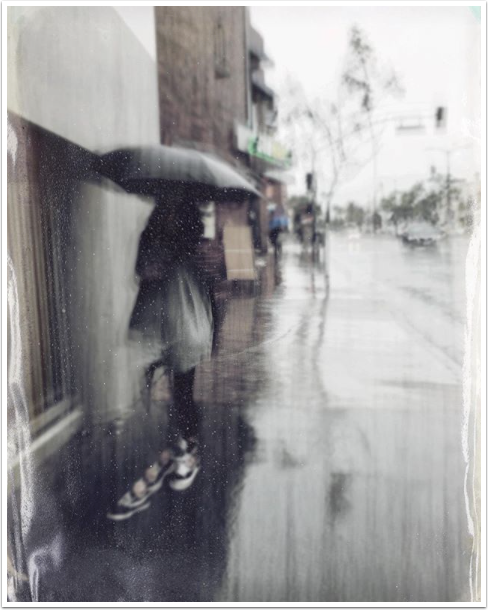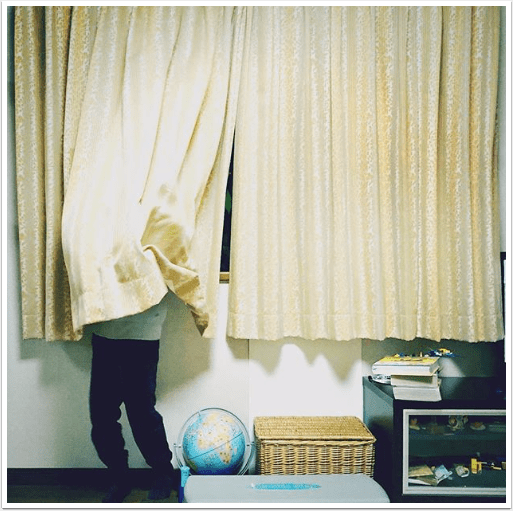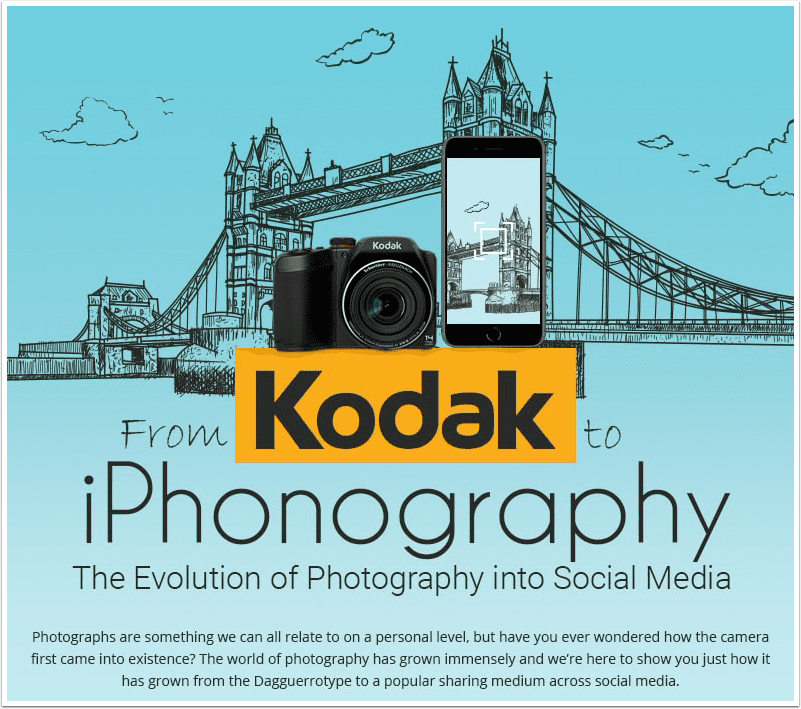
Infographic – From Kodak to iPhonography – The Evolution of Photography into Social Media
I am delighted to publish this infographic ‘From Kodak to iPhonography – The Evolution of Photography into Social Media’. Produced by our colleagues at the London School of Photography. Antonio Leanza explains in the following text how social media has influenced the way we capture images as well as our preferred hardware for shooting. (Foreword by Joanne Carter)
“Photography is a medium we can all relate to on a personal level, whether that’s re-living the happy memories of a family photo or observing the emotions through a breath-taking landscape image. It’s also a medium that some of us have accidentally taken for granted. Has it ever occurred to you just how much the photographic industry has grown through time?
The Kodak to iPhonography infographic – created by our content team over at the London School of Photography is aimed to educate readers by covering a brief history of how the camera first came about, its evolution through time and the impact social media has had on the photographic world and the ever-rising “smartphone photography” movement.
From the initial stages of the Camera Obscura and its invention in the 1800’s all the way through to the conception of Instagram – photography as we know it today has grown so vastly that it has become a universal medium that is shareable and speaks a thousand words. Instagram is one of the many social media applications that is responsible for such demand in high-quality yet fast image creation on the go, hence the increased innovation that’s gone into creating technologically advanced smartphones”.
The growth of mobile photography and the global camera market
Mobile photography has exploded beyond the dreams of the photographic industry. According InfoTrends analyst David Hauter “Smartphones have become the primary camera for most consumers, and there’s no sign of that changing as the photography capabilities of these devices evolve and get better with each new generation”.
With the demand for higher tech smartphones and innovative built-in cameras, research has shown that the global camera market will continue to drop as smartphone sales increase. This was due to a 17% drop in DSLR production and a 35% decrease in shipment world-wide.
An estimated 657 billion photos are clicked per year by smartphone users – with 90% of smartphone users having only ever taken a photo with their built-in camera. By device– smartphones dominated usage by 85%, with the remainder being split between tablets and digital cameras.

Online photo sharing by social network
Posting pictures online is essentially a form of status display – whether you’re a professional photographer, business or simply just want to share family imagery. One of the most interesting things about photography and its progression through social media is how it effortlessly displays our aesthetic, but of course, this does not come without a price.
Photography is now in a place where the person who owns a £10,000 photography kit is not guaranteed to take the most amazing photograph. On-the-go image editing software has become so advanced that it makes those with even the most basic of photography skills edit their images effortlessly and share them fast.
Instagram is by far leading the way, especially with its clean interface and flexibility to cater for a wide range of aesthetics. It’s also interesting to note how some filters and editing techniques resonate better than others – such as lowly saturated images that gain 18% more likes that their more vibrant counterparts.
Image sharing on other social networks such as Twitter, Facebook and Pinterest are also pioneering the way for social interaction. Image sharing is such a popular way to connect that almost 136,000 images are uploaded on Facebook every 60 seconds alone! Whether this be for positive social affirmation or otherwise, photography shared through social media communicates far more than the average status update.
This development has over the course of the decade highly impacted the sales of DSLR cameras. Gone are the days of believing an expensive camera is the only way to take that golden image – all you simply need now is a palm device coupled with an editing app and you’re good to go!
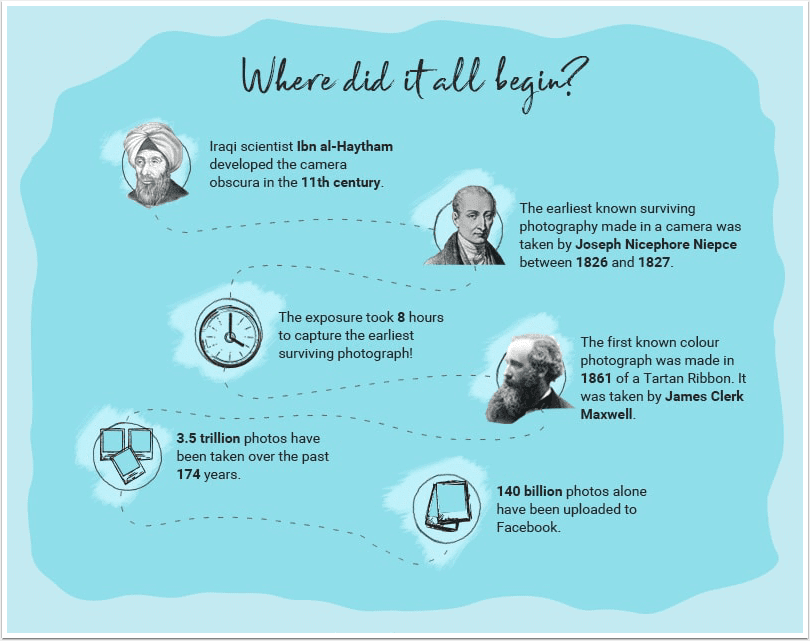
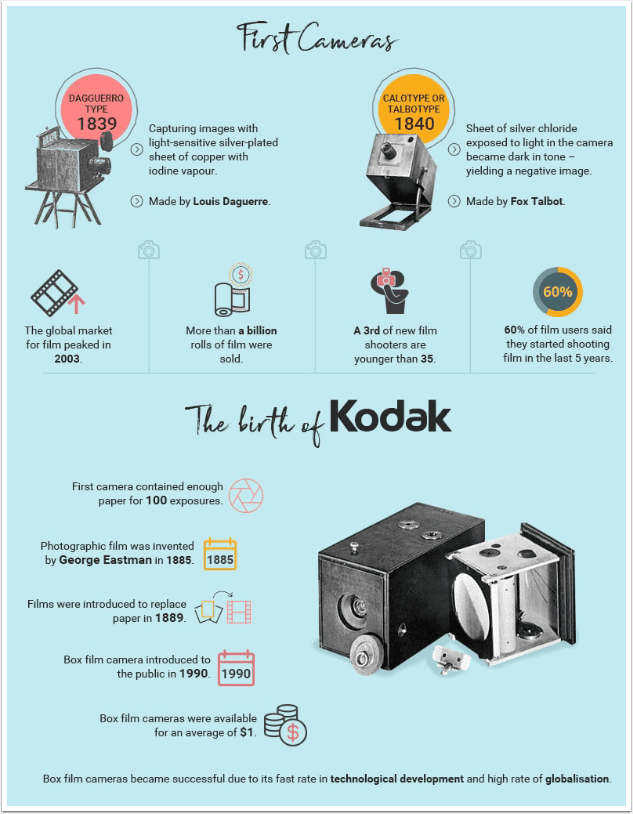
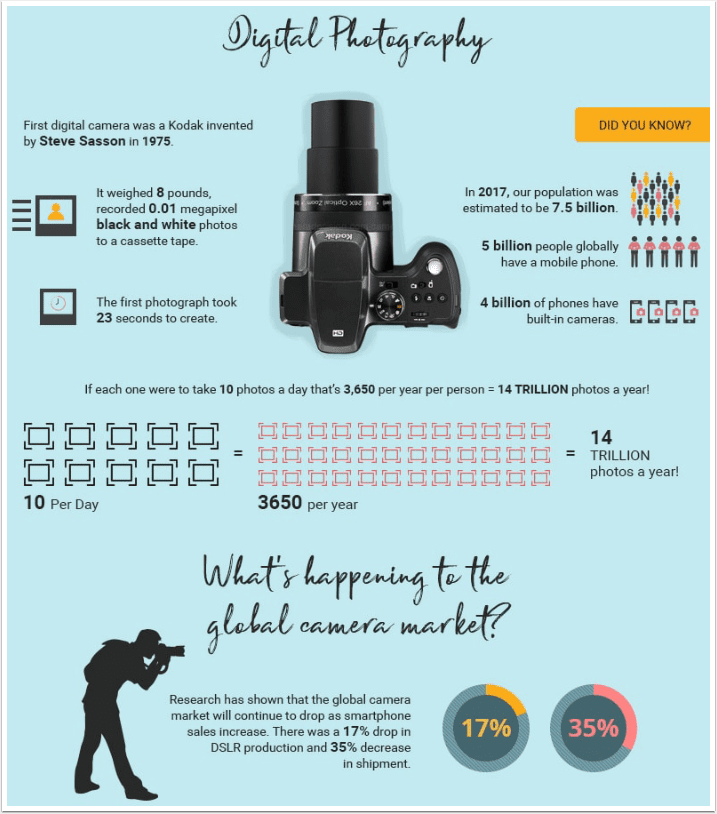
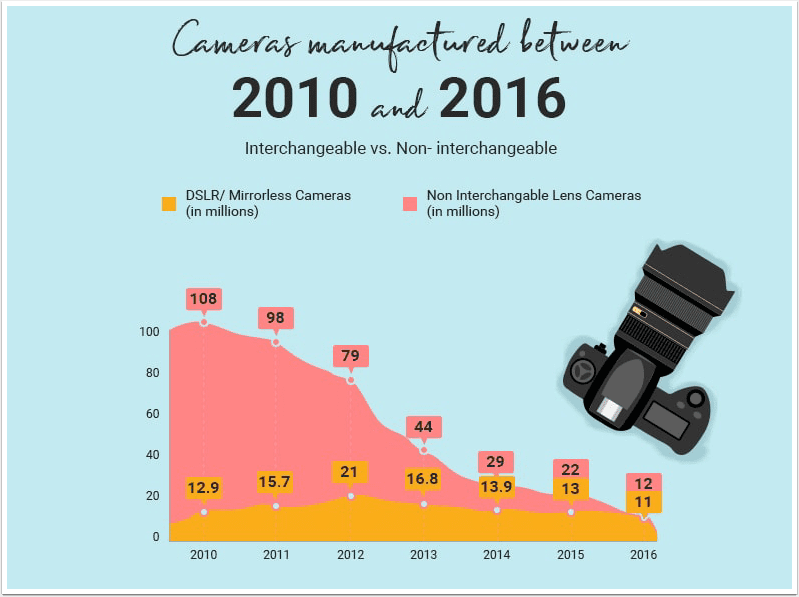
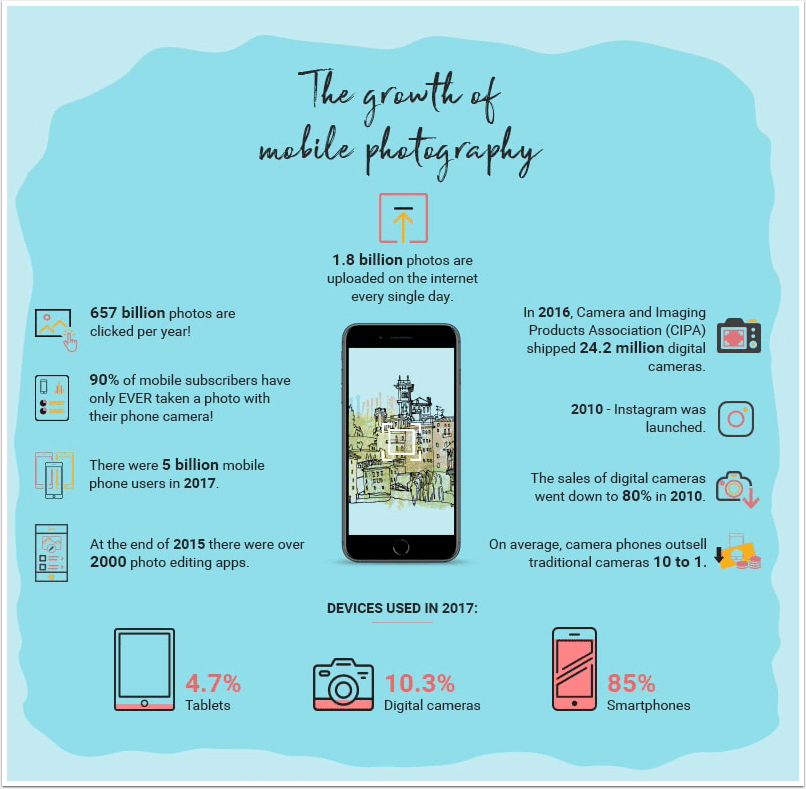
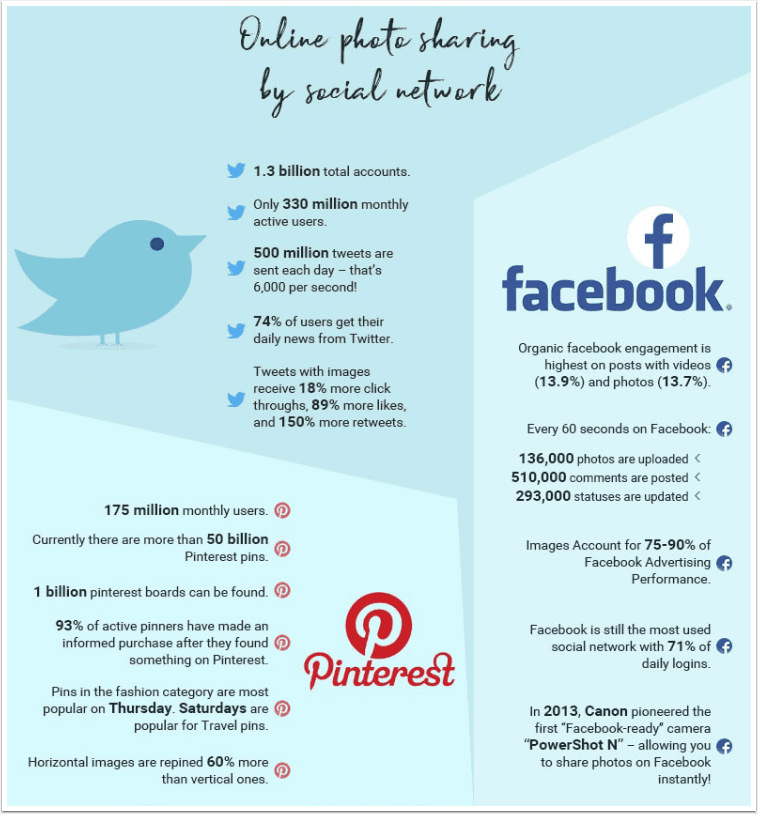
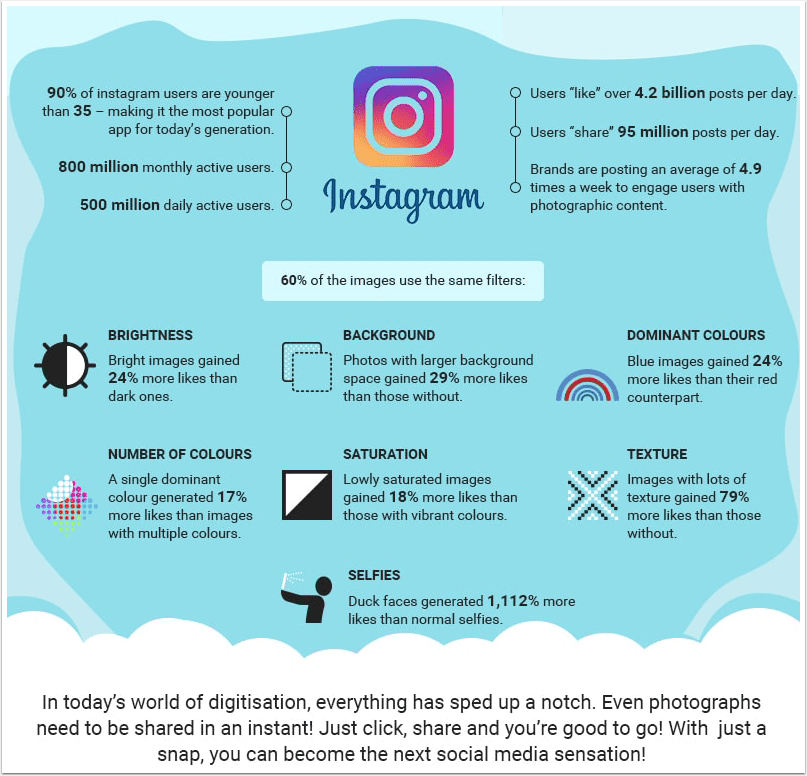
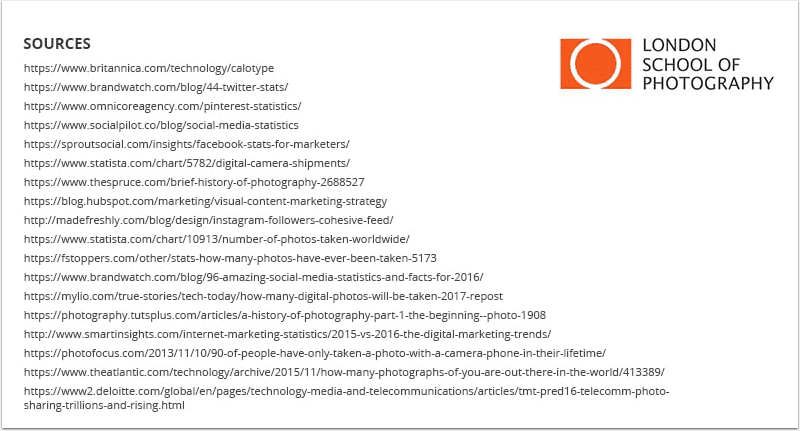
From Kodak to iPhonography _ The Evolution of Photography into Social Media

Please read…
We have a small favour to ask. More people than ever are reading TheAppWhisperer.com and we could not be more excited about that. We bring you ad-free journalism every day, so you don’t have to close windows and be distracted with advertisements. We specialise in mobile photography and mobile art and we value all of our readers, writers, contributors and viewers but we do have costs and we do need to ask for your help. We at TheAppWhisperer spend many hours each day, each week and each month to bring you this high quality level of journalism. We do it because we are passionate about it and because we want others to be as passionate too.
If everyone who reads our website, who likes it, helps to support it, our future would be so much more secure. Please help us by offering a contribution or supporting us with a monthly donation of your choosing.
[seamless-donations]
